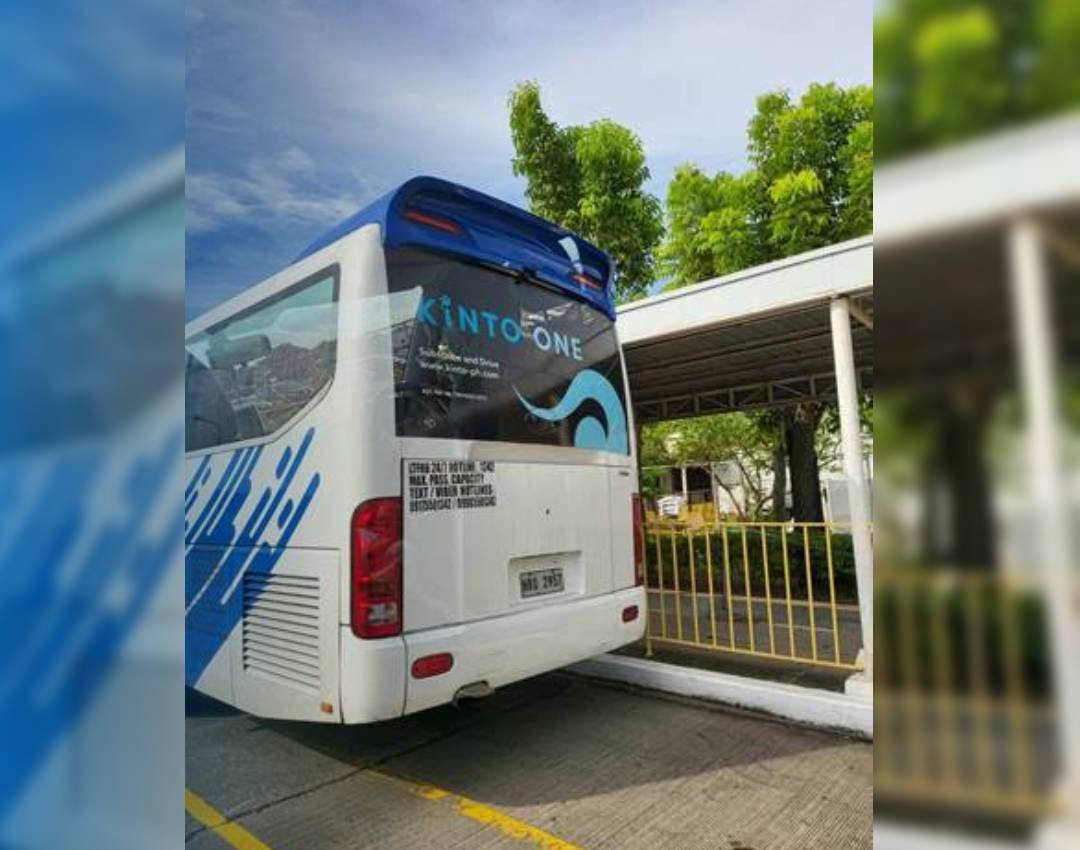Increase Brand Name Get To with Transit Advertising Philippines
Increase Brand Name Get To with Transit Advertising Philippines
Blog Article
A Thorough Exam of the Techniques and Techniques for Effective Transit Advertising Campaigns
Transportation advertising projects offer a special chance for brand names to engage with diverse target markets in dynamic environments. To attain success, it is important to recognize the subtleties of target demographics, carry out innovative design methods, and select optimum positioning places. Moreover, the efficiency of these projects can be considerably boosted by carefully monitoring performance metrics and adjusting techniques accordingly. As we check out these vital parts, it becomes clear that the path to an impactful transit marketing strategy is both detailed and fulfilling, raising the inquiry of how best to browse these complexities for optimal brand name exposure.
Recognizing Target Demographics
Understanding target demographics is important for the success of transit advertising projects (Transit Advertising Philippines). Determining details target market sections enables advertisers to customize their messages successfully, guaranteeing that the content resonates with the designated viewers. This technique boosts involvement and makes the most of return on financial investment
To properly evaluate target demographics, marketers have to take into consideration numerous crucial aspects, including age, earnings level, profession, and way of living preferences. For instance, a campaign focused on young experts might focus on ease and modernity, while one targeting households could highlight security and dependability. Moreover, geographical aspects such as urban versus country settings can dramatically influence customer behavior and choices.
Data collection methods such as surveys, emphasis teams, and social media analytics offer useful insights into group fads and consumer practices. By leveraging this details, marketers can craft engaging narratives that straighten with the values and needs of their target audience.
Eventually, comprehending target demographics not only informs the strategic instructions of transportation marketing campaign yet additionally makes certain that resources are allocated effectively. This targeted technique raises the possibility of achieving project objectives, fostering brand commitment, and driving conversions.
Imaginative Style Strategies
Reliable communication with target demographics counts heavily on cutting-edge creative layout strategies en route advertising campaigns. To effectively catch attention in a crowded visual setting, designers must focus on quality and aesthetic impact. Making use of high-contrast aspects and strong shades can improve exposure, guaranteeing that messages are conveniently readable from a distance.
Incorporating vibrant images that resonates with the target audience is important. Aesthetic storytelling techniques can stimulate emotions and develop unforgettable associations with the brand. Moreover, calculated use typography aids communicate crucial information quickly; ideal sizes and legible font styles further enhance readability.
Incorporating interactive elements, such as QR codes or enhanced truth features, can engage travelers past passive monitoring (Transit Advertising Philippines). These techniques not only promote individual interaction yet additionally link the void in between typical marketing and electronic interaction
In addition, making use of area creatively-- whether on bus covers, transportation shelters, or subway ads-- can bring about innovative layouts that damage the mold and mildew of standard advertising. By welcoming artistic creativity while maintaining brand name uniformity, projects can cultivate a solid connection with their audience, eventually driving both recognition and activity. The assimilation of these style techniques is critical for achieving effective transit advertising outcomes.
Strategic Placement Techniques
Taking full advantage Your Domain Name of the impact of transit marketing rests on calculated positioning approaches that make certain optimal presence and involvement. Reliable positioning involves recognizing and assessing high-traffic areas traveler demographics to identify the most useful locations for advertisement display screens. For example, placing advertisements near entrances and leaves of transportation lorries can catch the focus of boarding and touching down travelers, thus improving exposure.
In addition, using both exterior and interior surfaces of transportation lorries can dramatically expand reach. Outside advertisements, visible throughout commutes, engage pedestrians and other motorists, while interior ads target guests in a captive environment. Additionally, putting advertisements en route centers, such as bus terminals or train terminals, permits enhanced impacts as travelers transition in between various settings of transportation.
Timing is likewise critical; aligning the campaign launch with peak travel durations makes best use of audience involvement - Transit Advertising Philippines. Furthermore, leveraging electronic displays en route environments can facilitate dynamic web content, supplying real-time updates and enhancing customer communication. By employing these calculated placement approaches, online marketers can make sure that their transit advertising projects attain maximum visibility, reverberate with the target market, and inevitably drive desired end results

Determining Project Effectiveness
To evaluate the success of transportation ad campaign, it is necessary to utilize a range of measurement methods that offer understandings into pop over to this site target market engagement and overall performance. One main technique is using essential efficiency signs (KPIs), such as reach, impacts, and engagement rates, which quantify the number of individuals viewed the ad and communicated with it.
Studies and emphasis teams can also be crucial in gauging consumer understandings and recall, permitting online marketers to recognize the impact of their messaging. Additionally, tracking web site web traffic and social media involvement during and after the project helps determine direct feedbacks to the advertising and marketing.
One more reliable strategy is using location-based analytics, which can supply data walking traffic around details transit locations, using understandings into whether the campaign successfully recorded the interest of commuters. Additionally, evaluating sales information can reveal relationships between transportation advertising and marketing and enhanced earnings, offering substantial evidence of a project's efficiency.
Study of Success
Recognizing the efficiency of transit advertising projects through measurement methods lays the foundation for checking out real-world instances that show successful results. By utilizing geo-targeted digital ads and analytics, the brand name measured a 30% rise in sales in regions where the covers were plainly presented, showing the straight effect of transit advertising.
An additional engaging example comes from a regional not-for-profit organization that introduced a campaign on train platforms to promote a community event. The use of direct engagement with innovation enhanced the project's reach and effectiveness.

Verdict
In recap, successful transportation advertising projects require an extensive strategy that additional reading incorporates an understanding of target demographics, ingenious design methods, and calculated placement. Collectively, these strategies foster brand visibility and maximize the return on financial investment in transit advertising efforts.
Recognizing target demographics is essential for the success of transit marketing campaigns.Reliable communication with target demographics depends greatly on cutting-edge imaginative style techniques in transportation advertising campaigns. By utilizing these tactical positioning approaches, marketing professionals can make sure that their transit advertising campaigns achieve optimal visibility, reverberate with the target audience, and ultimately drive wanted results.
Understanding the performance of transit advertising and marketing campaigns with measurement methods lays the groundwork for checking out real-world examples that illustrate effective results.In summary, effective transportation advertising campaigns require a thorough approach that integrates an understanding of target demographics, innovative layout strategies, and calculated placement.
Report this page